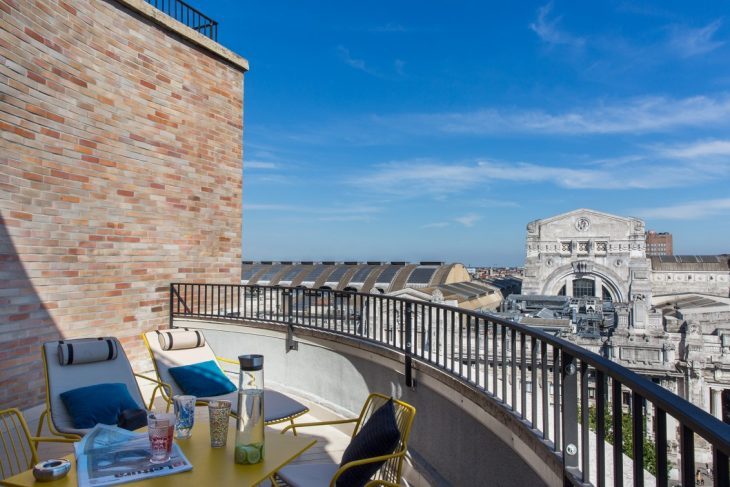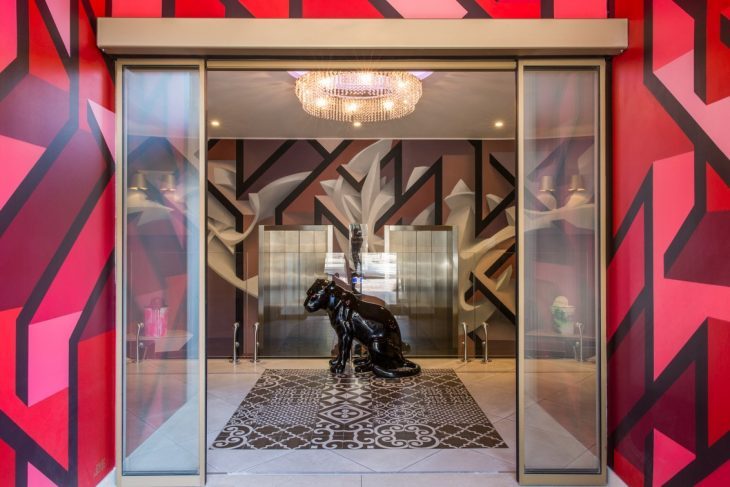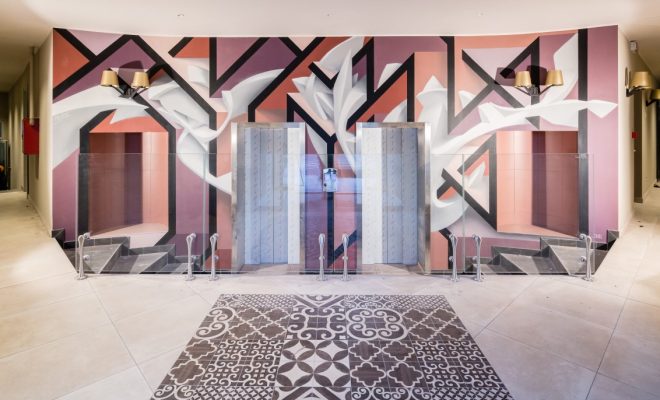
Hotel Design is in the spotlight more than ever, today’s travellers look into a hotel design as much as the price point and here’s why:
Whether it is part of a small chain or a global name, a hotel’s design is essential to both the satisfaction of its guests and how it is branded. Therefore, striking the balance between beauty and comfort is key to creating a hotel’s look.
As announcements about hotel launches seem to happen daily, it is worth looking at how their design sets the tone for what they offer. Are we too familiar with the big names? Can new, yet-to-be-established hotels deliver on design?
Read more after the jump:

Practical Details
Before any hotel can begin plotting colour palettes and working out marketing strategies, there is the big question of meeting the needs of both guests and staff. As well as needing to be a relaxing space for those who stay, a well-designed hotel can have a positive impact on revenue.
Everything from a part of a group to a boutique city centre option, the overall aesthetic is a hotel’s major selling point. While excellent design can be costly, the profits to be gained from having a hotel that showcases perfect visuals using high-quality materials and clever builds soon balances the books. From Sweden’s world-famous ICE HOTEL to Liverpool’s Hope Street Hotel, every design detail has been carefully crafted to draw in guests seeking a luxury experience.

The Impact on Branding
As well as being a commercial process, design is also intertwined with how the accommodation is marketed. Every single detail is included to create an instant idea of what the hotel is offering.
Primarily, colour schemes are carefully thought out to form an identity among larger groups. The colours within hotels that are part of a chain will be part of the larger branding and will be incorporated to have hotels that are instantly recognisable as part of that group.
In addition, materials play a huge part in the design process and, again, are signifiers of a hotel’s branding. If luxe textiles and fabrics are evident, this indicates the hotel brand is equally luxurious.
Also, having the right light control in a room is crucial. Curtains and blinds – like these from Direct Blinds – can enhance the experience for guests as a good night’s sleep is one of the key factors of a stay. If light is streaming through, that can have a detrimental effect.
Boutique hotels, however, have free rein. They can set their own tone and make the most of their setting. This doesn’t necessarily mean that they don’t follow a design scheme. Branding of boutique hotels is equally dependent upon the quality of design and the style of the accommodation. Plus, there are often boutique hotels that form part of a mini-chain, for example The Gore and The Pelham in London.
Where in the World
Hotel design is also dependent upon where in the world it is. Even the largest brands with the strictest marketing guidelines rely on the location as the same design cannot apply in every setting. Global brands will have hotels that infuse local culture into the design and take into account the climate, while maintaining design elements that remind guests they are staying in a hotel by that particular brand.
Design has a big impact upon those who stay in hotels. Creating a memorable, enjoyable experience is the cornerstone of hotel aesthetics.
Images – NYX Milan: Limitless Individuality and Trendy Lifestyle



